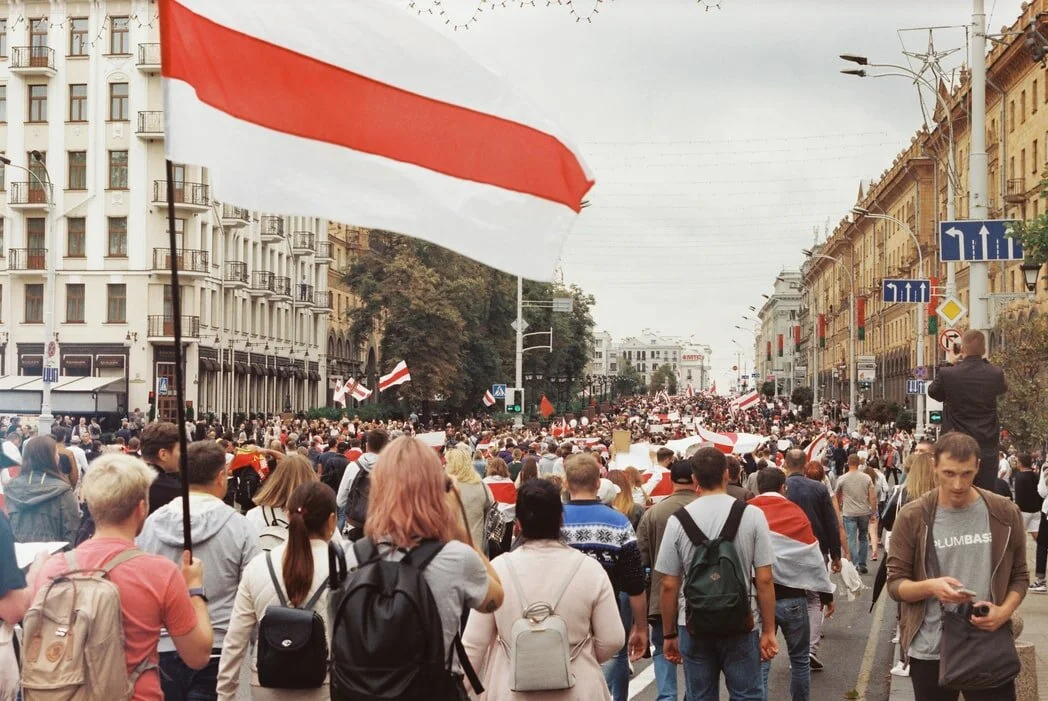Europe’s Second Wave
Remember that time when we thought the coronavirus was just a small news item happening all the way over in China? Well, it has now been a year since the first COVID-19 cases appeared in Wuhan, and around this time a year ago, health officials were only beginning to scratch their heads perplexedly as they saw this disease, so similar in many cases to pneumonia, spreading further and further. On 31st December 2019 Wuhan Municipal Health Commission reported the cluster of severe pneumonia cases, which would later be known as the disease COVID-19, to the World Health Organisation. 11 months on we are still struggling to deal with the coronavirus, this time, however, with the second wave.
In spring, we all stayed home while the doctors and scientists fought hard to bring this virus under some semblance of control. It was not easy to stay at home for months on end, no matter how luxurious it may have sounded. The lockdown and subsequent measures which Boris Johnson originally announced on 23rd March for three weeks have lasted almost all of 2020 and will last into the New Year. While at first, we all invoked the idea of the British fighting spirit and wartime analogies, naturally we struggled to keep going and the thought of freedom tantalised us with each day that the numbers rose and then fell.
Then summer came and with it the loosening of lockdown. We could glimpse that normality, as though it were almost in reach, but, of course, it wasn’t, and all too soon the numbers rose again. The return of children to school, students to university, and a false sense of security all contributed to this. Why or how we came to be in second lockdowns are really a secondary issue though. The important question is: what is Europe doing to combat its second wave?
The numbers vary from country to country, even from region to region, but there is one common factor. No one wants a return to the complete and draconian lockdown of March, April and May, nor could the global economy survive it. That leaves European governments in the tricky position of endeavouring to find the elusive equilibrium between restriction and freedom; just enough restriction that the virus doesn’t overwhelm public services and just enough freedom that the economy can still tick over. One of the key problems in the spring lockdown was childcare. Owing to the fact that all the schools were closed, parents were forced both to home-school their children while also working full time from home. The task for European governments now, then, is to prioritise.
In Germany, for instance, they have made it clear that schools should be the very last thing to close and to do so should be only as a last resort. Doing so would almost definitely constitute a return to the full lockdown of earlier this year. As it stands in Germany currently, one can meet with one household to a maximum of 10 people. It is generally expected, however, that in December, when these measures end, the restrictions will be tightened in a last-ditch attempt to drive the numbers down before Christmas. In total, Germany, which was lauded for its effective approach to the virus in spring, has had over 751,000 cases with 12,200 deaths, making its death toll a quarter of Britain’s. Although in ‘Lockdown Light’, with less restrictive rules than during the spring, Germany has also had protests against the coronavirus measures, requiring the use of water cannons to break up large crowds of protesters in several major cities. People are tiring and the motivation to stick to the rules is slowly ebbing away – protests against infringement of civil liberties are a symptom of this.
In comparison, Germany’s neighbour France has had more than 1.8 million cases and is currently in a full national lockdown which started in October, although their schools, factories, and building sites remain open. 95% of their intensive care units are occupied by patients with the coronavirus, and while the scientists say that the numbers are going in a positive direction and the lockdown seems to be working, it is hard to believe that we as a continent are in this position again, in some respects with a situation worse than in April.
Italy, likewise badly hit at the start of the pandemic, is in the midst of its second wave, having reported on Tuesday its highest total of daily deaths during this wave – 731. Like France, Spain, and the United Kingdom, Italy has also reached the 1 million case marker and the new restrictions sparked protests in Rome as well as other cities.
As we sit again at home, it doesn’t have the thrill of wartime comparison that it did in March when we were commemorating the 75th anniversary of D-Day, now it is just tedious and exhausting. After all, what else can we do, other than obey the restrictions and try to avoid the disease? The things we must do to avoid the virus go against human nature. Humans are social beings, we need human contact; both to talk and socialise, and to touch one another. It is this feeling of endless monotony without enough true human interaction which leads to what they have dubbed covid fatigue. Covid fatigue is one of the many reasons governments must find a way out of this pandemic – this ‘new normal’ is untenable.
How will Europe look to tackle this virus in the new year? Will we swing consistently from lockdown to freedom and back again until we have a good enough vaccine and enough people have been immunised? Will we ever find an equilibrium? Does one even exist? These are the questions that need answers and as has been the situation throughout the pandemic, nobody knows, but time will tell.
Image courtesy of Wikimedia, ©2020, some rights reserved.



